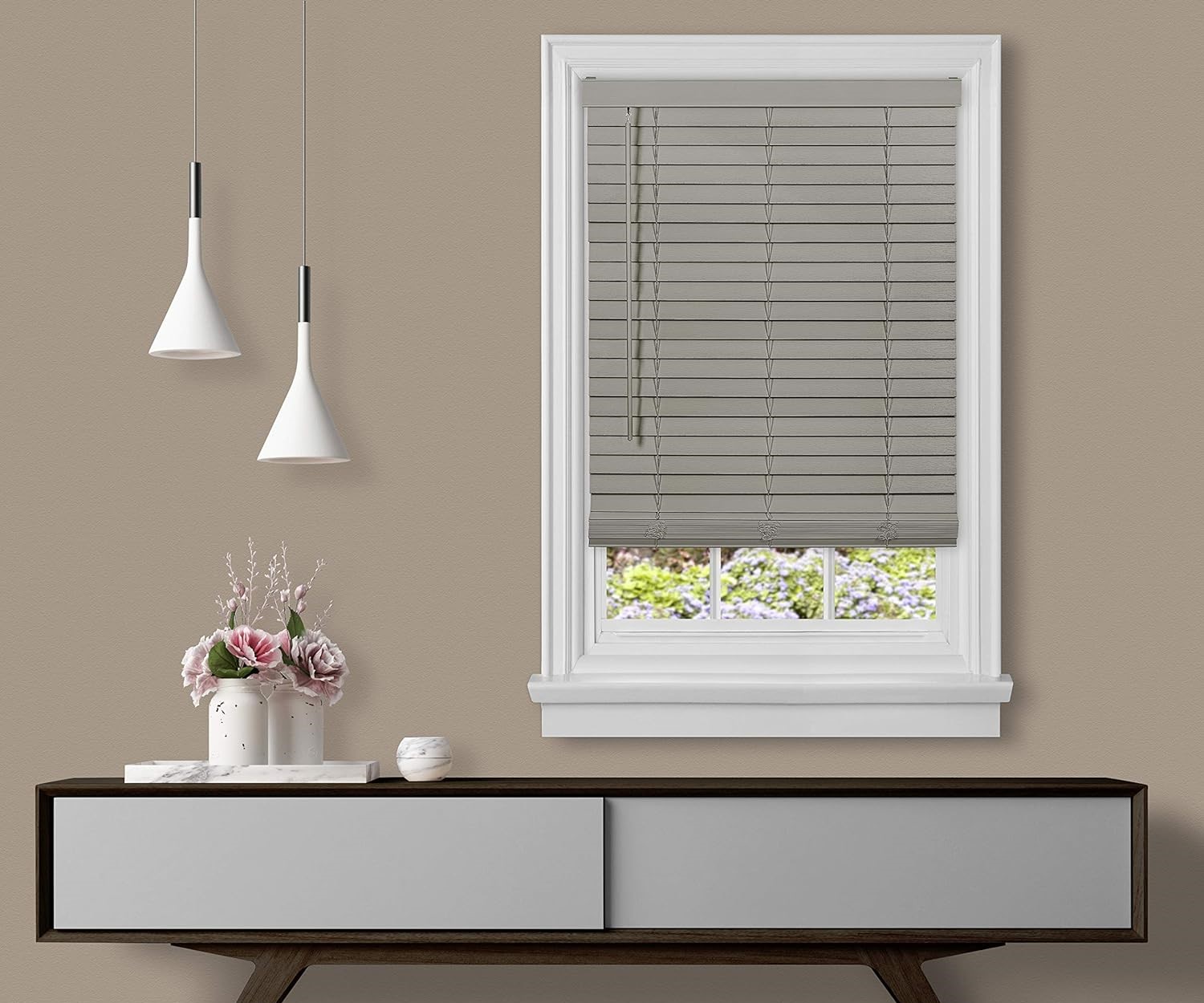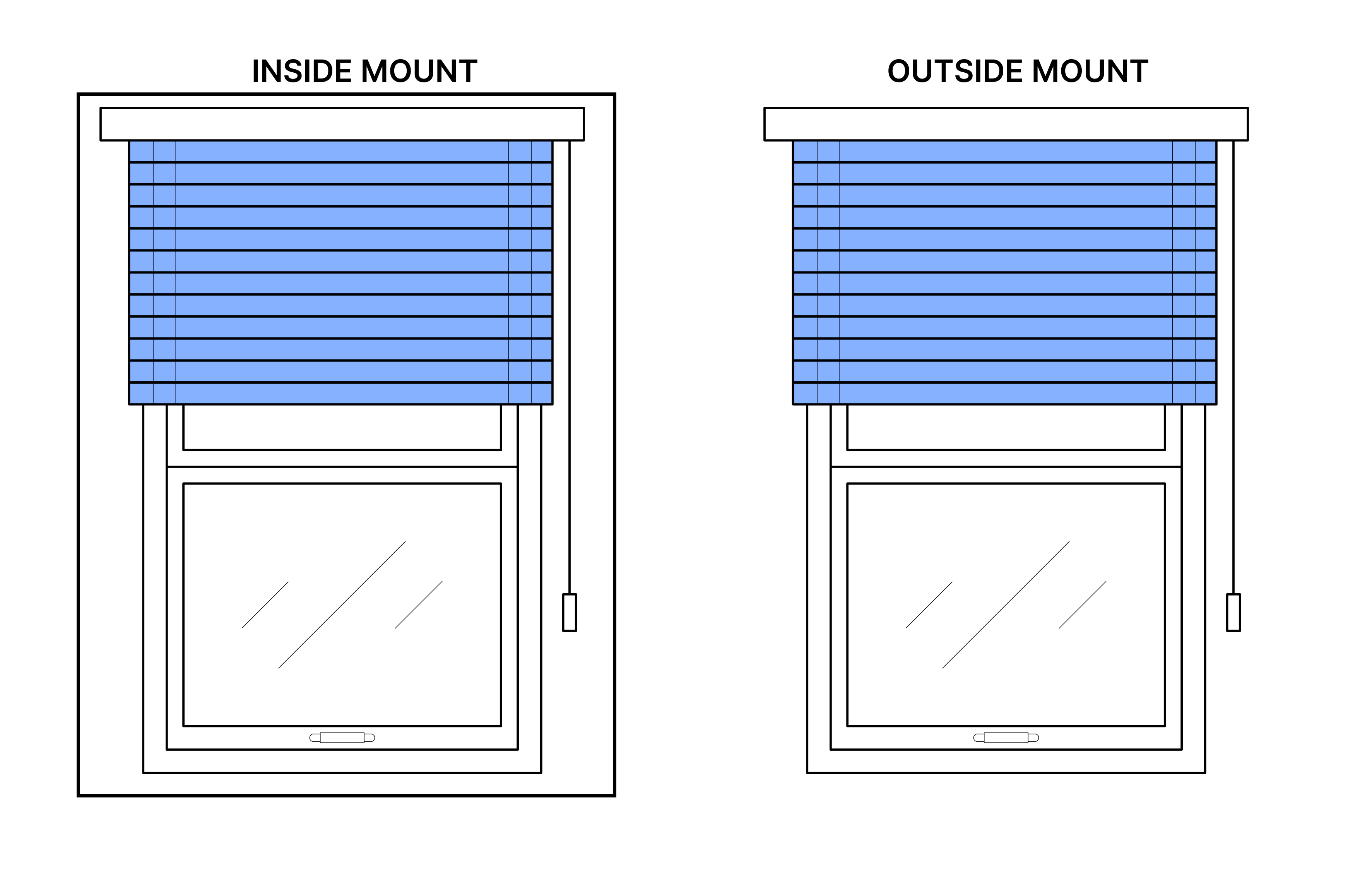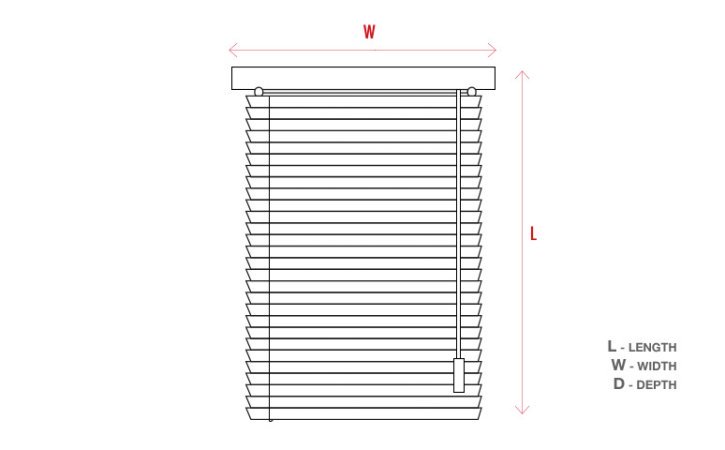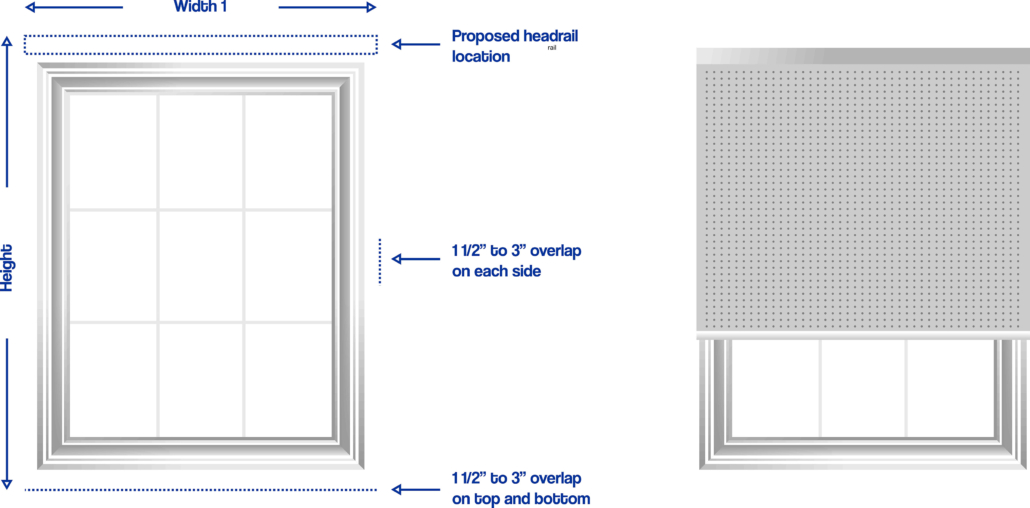What Size Blinds For 35.5 Inch Window

Finding the perfect window blinds can be surprisingly complex, especially when dealing with non-standard window sizes. Homeowners frequently encounter the challenge of accurately measuring their windows and selecting blinds that provide both functionality and aesthetic appeal.
This article addresses a common question: what size blinds should you purchase for a window that measures 35.5 inches wide? Understanding the nuances of blind sizing ensures a proper fit and optimal light control.
Understanding Blind Sizing Conventions
Blind manufacturers typically offer a range of standard sizes. However, it's crucial to understand that the listed size often refers to the headrail, the top portion of the blind that houses the operating mechanisms.
The actual width of the slats or vanes may be slightly smaller to allow for smooth operation and installation within the window frame. This difference, often a quarter to half an inch, is important to consider.
Inside Mount vs. Outside Mount
The method of mounting the blinds significantly influences the required size. There are two primary mounting options: inside mount and outside mount.
Inside mount blinds are installed within the window frame. Outside mount blinds are installed on the wall or trim surrounding the window.
For a 35.5-inch window, an inside mount typically requires blinds that are *slightly* smaller than the window opening. Outside mounts, on the other hand, require blinds that are *larger*.
Determining the Correct Blind Size for a 35.5-Inch Window
For an inside mount, the ideal blind width would be slightly less than 35.5 inches. A common recommendation is to subtract approximately 0.25 to 0.5 inches, resulting in a target blind width of 35 to 35.25 inches.
This slight reduction ensures the blinds fit comfortably within the frame without binding.
For an outside mount, the blinds should extend beyond the window frame on both sides to block light effectively and create a visually appealing aesthetic. The general rule is to add 1.5 to 3 inches to the width of the window.
Therefore, for a 35.5-inch window, outside mount blinds should measure approximately 37 to 38.5 inches wide.
Considerations for Depth and Height
In addition to width, the depth of the window frame is critical for inside mounts. Ensure there is sufficient depth to accommodate the headrail and slats.
Insufficient depth may require an outside mount installation. The height of the blinds should also be considered, with standard lengths readily available and custom cuts often an option.
Where to Purchase Blinds
Blinds are available from a variety of retailers, including home improvement stores, online retailers, and specialty blind shops. Big box stores such as Home Depot and Lowe's offer a wide selection of ready-made blinds in standard sizes.
Online retailers, like Amazon and Blinds.com, provide a vast array of styles and customization options. Specialty blind shops typically offer personalized service and professional installation.
Custom-made blinds offer the most precise fit and can accommodate windows of any size, including 35.5 inches. However, they are generally more expensive than ready-made options.
Human-Interest Angle: A Homeowner's Frustration
Sarah Miller, a homeowner in Chicago, shared her experience: "I spent hours trying to find the right blinds for my dining room window. It was exactly 35.5 inches wide, and everything I found online seemed to be either too big or too small. I finally opted for custom blinds, which were a bit pricey, but the perfect fit was worth it.”
Sarah’s story highlights the challenges many homeowners face when finding blinds for non-standard window sizes and underscore the importance of accurate measurement and careful consideration of mounting options.
Conclusion
Selecting the appropriate blind size for a 35.5-inch window depends primarily on the mounting method. For an inside mount, aim for a width slightly less than 35.5 inches.
For an outside mount, opt for a width 1.5 to 3 inches greater. Accurate measurements, a clear understanding of mounting options, and consideration of window depth are essential for a successful blind installation.


















